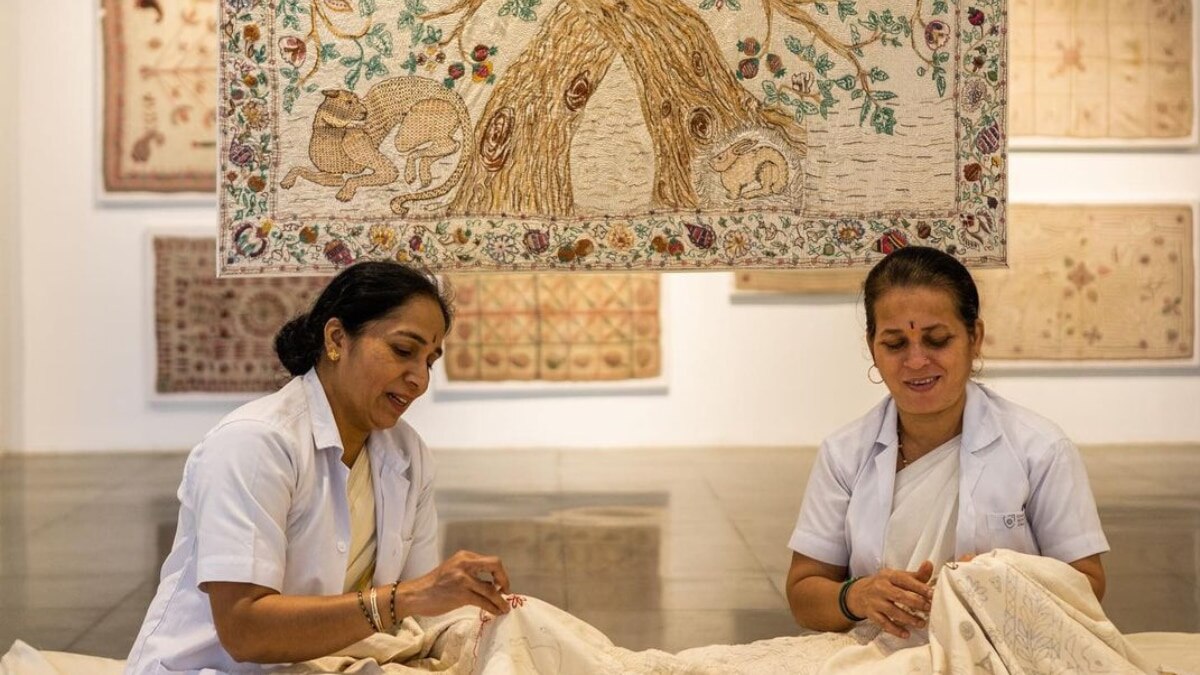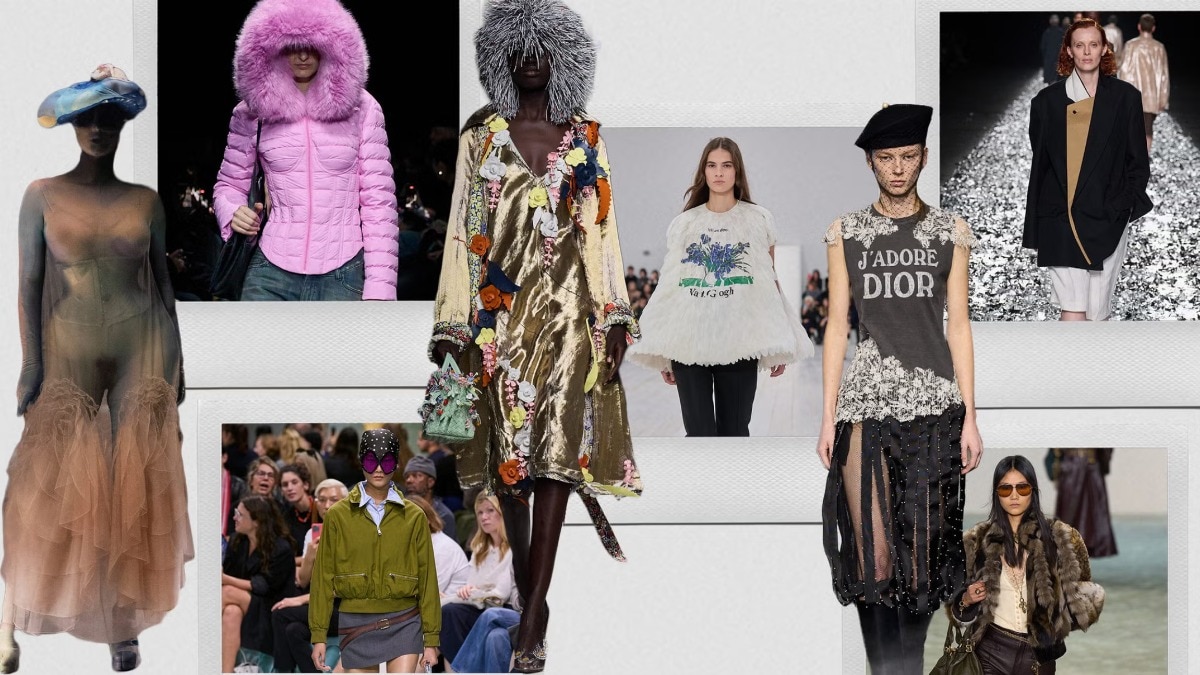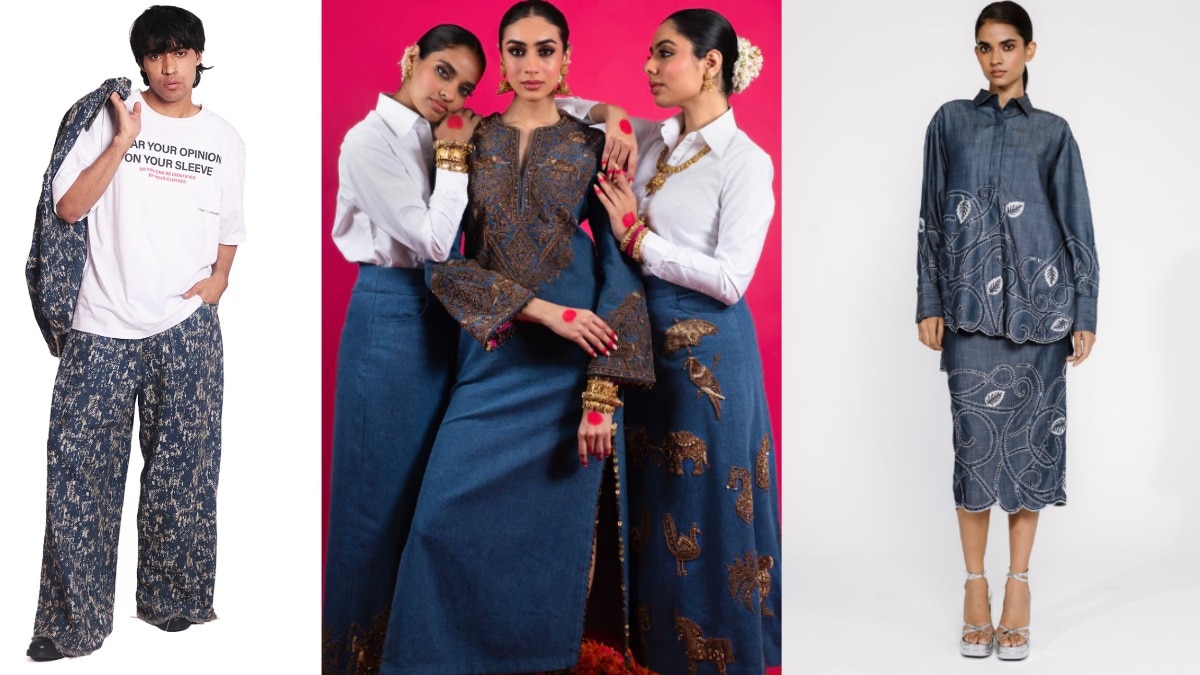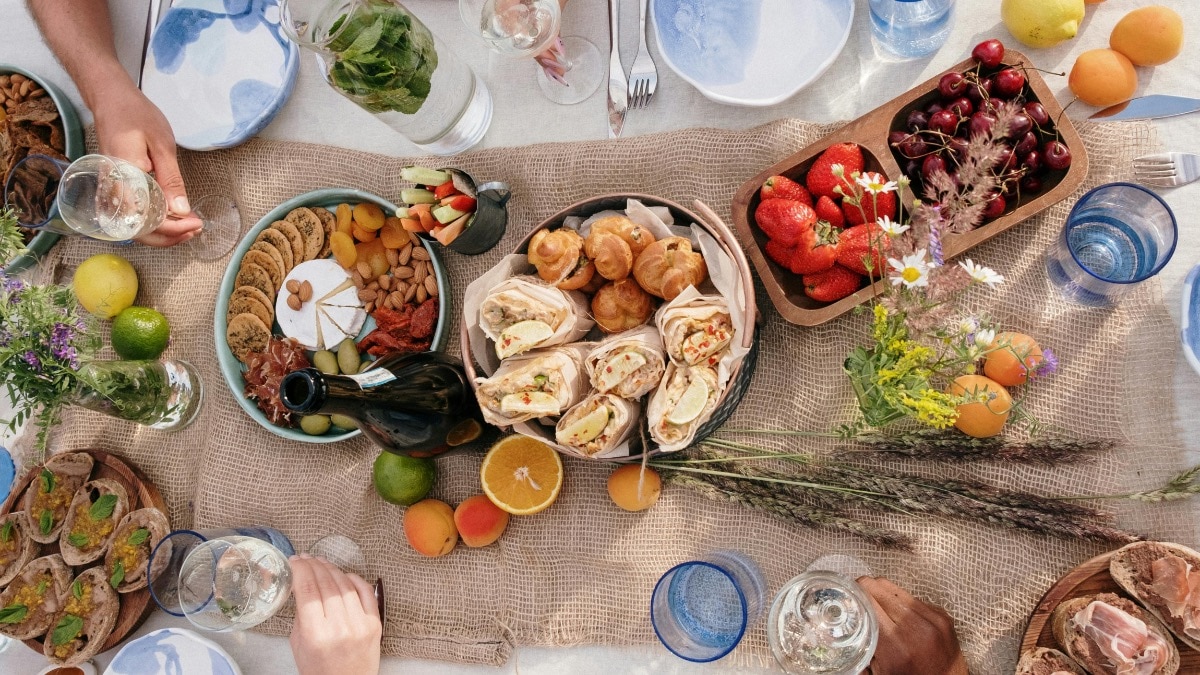The quiet loud takeaway from Dior and NMACC gala night: Can ‘Made in India’ assert itself without the help of legacy brands?
Homegrown artisanship and craftsmanship is finally finding its moment in a luxe world with a whole lot of collaborative intervention.


You know the lifecycle of a toxic relationship: it is always doomed, unless, acknowledging the indisputably problematic pain points becomes the norm, once you are finally done playing second fiddle to your ‘main character’ feelings. Sometimes it takes work from both parties involved at the same time, at others, one needs to take the lead, but finally, it’s the ability to communicate clearly that becomes the turning point. Why the fuss about toxic lifecycles on a piece about the quiet loud takeaway from the recently held Dior fall/winter 2023 show held in Mumbai last week? Because Mumbai’s date with Dior at Gateway of India and the descent of international and national stars on NMACC gala night signals a paradigm shift in the way Indian sensibilities and design will now be consumed at a global scale. ‘India in Fashion’ has gone viral.
Even though the relationship between Indian craftsmanship and international legacy fashion brands transcends millenniums with intricate, decorative, and vibrant motifs, arts and crafts being liberally used in elevating European garments from seventeenth century onwards, the nod by luxury labels is being widely celebrated as a homecoming for Indian designers and artisans working tirelessly to find a place under the sun.
About time, as many in the industry and outside of it echo in unison, however, compels the niggling question—could ‘Made in India’ assert itself as fashionably as it did without the help of legacy brands?
Sure, Ambani’s appreciation of arts brought in the money, agency, and collaborative prowess to herald what I imagine will be an yearly gala where the bay will be witness to international stars that will lend homogenised credibility to ‘all-eyes-on-Indian-fashion’ narrative. However, as the leading social cultural curator of India on the gram and hot-take specialist, ‘Diet Sabya’ was quick to remind us: creativity has always remained at the heart of Indian design. It’s only now that it’s reaching the virality it had been starved off thanks to social media and the disposable income a choice percentage of Indians are now raking in.
From intricate embroidery, conceptualisation, to execution, Indian designers have been pushing the envelope for a while now. Take for instance the 2014 finale at the ‘Wills Lifestyle India Fashion Week’ where designer Rohit Bal’s intricate designs found a home at the majestic Qutub Minar in Delhi as models walked down the makeshift runway infusing fashionable life to the historical site. Pre instagrammable era, the ingenuity was breath-taking even then.
Without a shadow of a doubt, last week in fashion in India has been nothing short of momentous with Dior going public with its relationship with India and its craft. No more clandestine affairs or talk of cultural appropriation as Dior’s couture diplomacy helmed by Maria Grazia Chiuri (also the first female creative director of the house) opened doors to artisans with key collaborations in place worldwide, and on home turf, paid homage to its longstanding relationship with Chanakya School of Craft in Mumbai. Followed by NMACC (Nita Mukesh Ambani Culture Centre) launch which honoured the rich history of Indian design alongwith iconic international designers, but somewhere along the line missed out on invites to artisans. How eclectic and awe-inspiring would it have been for them to make it to the guest list?
And while industry veterans like Tarun Tahiliani, Ritu Kumar, JJ Valaya, Abu Jani-Sandeep Khosla, and more laid the groundwork by making a compelling case for Indian luxury over decades of relentless single-minded focus, this millennia (and especially in the recent years) has seen designers and couturiers like Rahul Mishra, Sabyasachi, Gaurav Gupta, and Vaishali S. amongst others, leading by a design sensibility which is worn and nurtured not just at home but internationally, without the help of legacy brands.
No longer hidden at the seams with a discreet ‘made in India’ label, while the conversation around sweat shops when it comes to fast-fashion has been far from addressed, collaboration as a more accessible way of asserting homegrown artisanship may just be the key.










